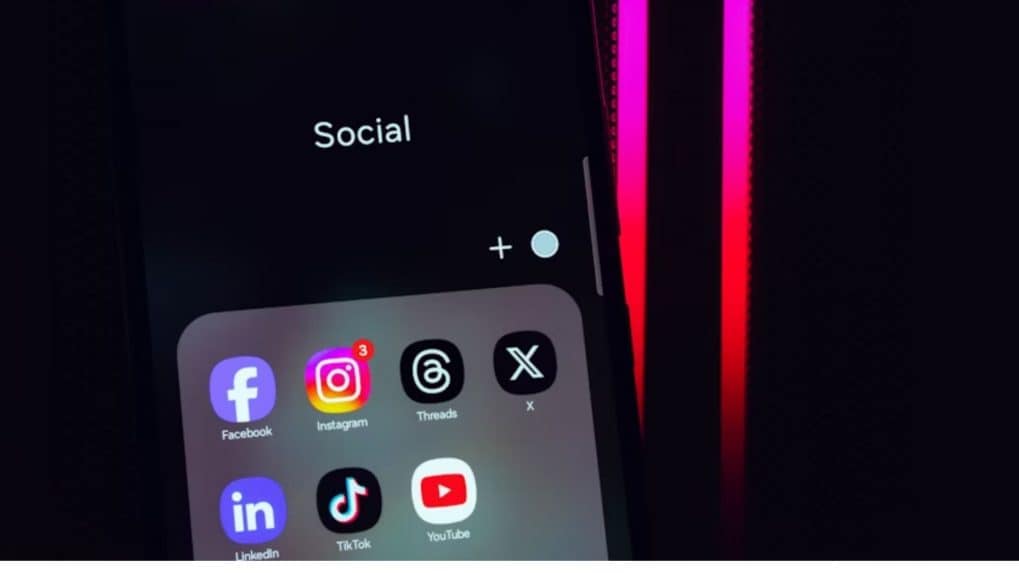Brands turn to AI tools, data audits to tackle fake influencers
The rise of bots, fake followers, and inflated engagement metrics is leaving smaller brands vulnerable to scams and wasted spendings
ADVERTISEMENT
A small D2C snacks brand recently fell prey to a fake nano influencer (1,000-10,000 followers) while scouting for low-budget marketing opportunities.
"As our business has begun scaling up, we started looking for a food vlogger who fits our budget. But the profile turned out to be fake. We lost a few thousand rupees, but the experience has made me far more cautious in choosing the next face of my brand," the founder, who wished to remain anonymous, told Storyboard18.
Influencer marketing has become central to brand strategies, with large FMCG and retail players investing heavily in the space. However, the rise of bots, fake followers, and inflated engagement metrics is leaving smaller brands vulnerable to scams and wasted spending.
AI cuts influencers’ costs, but brands still pay full price for trust
'Shifting playbooks'
To safeguard investments, brands are increasingly moving away from vanity metrics, such as likes and follower counts, and are embedding authenticity checks into their influencer selection processes.
"Smarter brands track metrics such as cost per authentic engagement, watch time, and saves as against likes and audience overlap," said Amarpreet Singh, Fractional CMO, Brand strategist.
Brands boost festive ad spends, allocate up to 40% to nano and micro influencers
Some brands have also adopted ‘View Quality Index’—to rank meaningful interactions, while others are opting for long-term creator partnership--because consistency is a stronger safeguard against fraud than one-off burst, Singh added.
Dabur India Ltd's Jasleen Kaur, Digital Lead- HPC, said the company relies on a mix of specialized third-party audit tools and platform analytics to identify anomalies like sudden follower spikes, low-quality comments, or engagement ratios misaligned with an influencer’s follower base.
Kaur noted that Dabur prioritizes three key measures: Engagement Rate (ER%) to measure genuine audience resonance, Cost per Engagement (CPE), and Cost per View (CPV) to evaluate efficiency of spends.
Similarly, Duroflex CMO Ullas Vijay said the company conducts deep checks, from analysing influencer insights to manually reviewing comments and follower quality, to spot inflated engagement and fake followers early.
'AI- a fraud filter'
Artificial Intelligence is now a critical safeguard. AI-driven authenticity checks are rapidly becoming the weapons of choice for brands to weed out fake followers and fraudulent interactions," said Sagar Pushp, Co-founder and CEO at ClanConnect.
The AI tools help brands protect their investments and ensure that campaigns are viewed by real people, while enabling efficient vetting of large influencer pools, he added.
9 in 10 CMOs say social and influencer content outperforms traditional ads: Dentsu report
Dabur too has begun leveraging AI-driven audit tools to measure factors such as audience credibility score, regional audience distribution, and likelihood of bot-driven engagement.
"At Dabur, our influencer marketing approach emphasizes credibility and relevance over sheer reach. We increasingly rely on data-driven vetting tools to ensure influencers have genuinely engaged audiences," Kaur added.
Nishi Kikla, Business Manager at Nofiltr, a marketing agency, said that while advanced analytics tools help in flagging suspicious behaviors, they also use manual edits to evaluate content quality, follower interactions, and creator reputation. "Another critical step is manually reviewing profiles, scanning comments, likes, and engagement patterns to verify whether the activity feels organic. This combination of technology and human insight provides a far more accurate measure of a creator’s true influence, something pure automation often misses," Kikla added.


